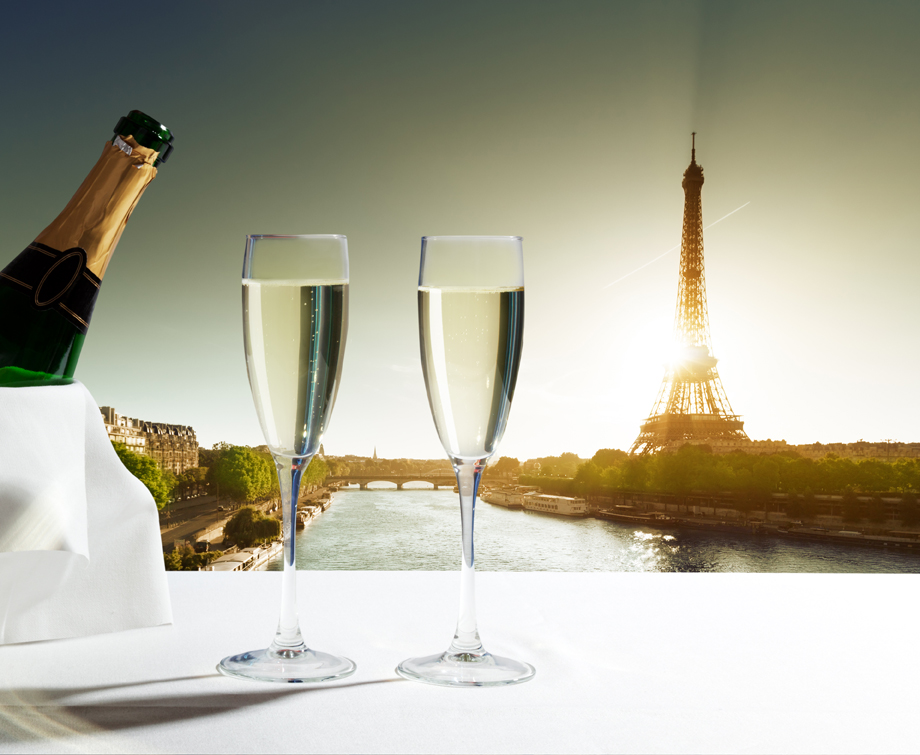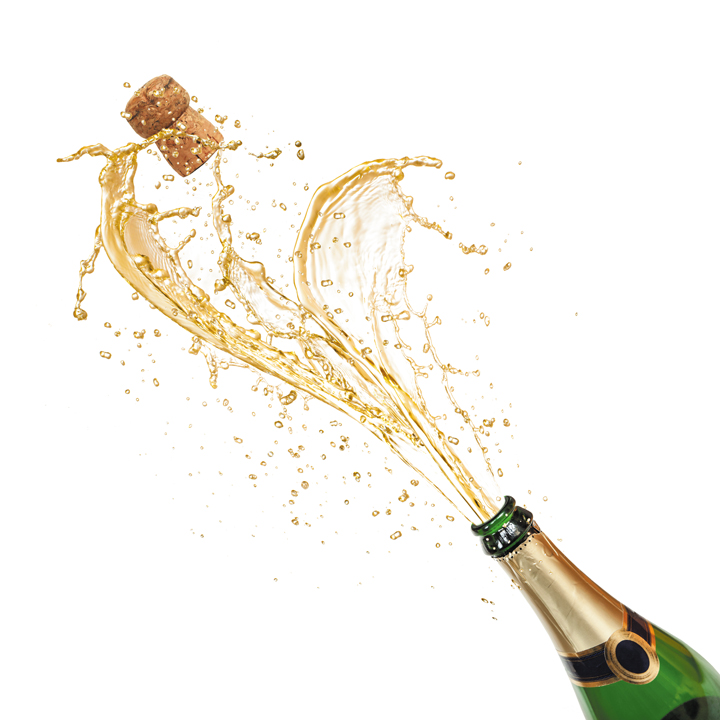Champagne is the most celebrated wine region in the world and for good reason. Everyone knows the name Champagne. Many of the esteemed Champagne houses or “Maisons” are hundreds of years old, and the style of Champagne produced by each Maison is unique. Champagne’s venerated fizz has graced the crystal flutes of kings and queens, politicians, celebrities, and the common man for centuries. There is incredible prestige to Champagne. Napoleon Bonaparte preferred Moet & Chandon. Marilyn Monroe loved Dom Perignon. Winston Churchill favored Pol Roger. James Bond drank Bollinger. And the list goes on! Champagne never goes out of style, both in good times and bad. Napoleon once said, “Champagne! In victory, one deserves it, in defeat, one needs it.” Indeed.

Produced in the chilly northeast of France, a bottle of this revered wine may legally be labeled “Champagne” only if it was produced within the borders of the delineated Champagne region itself. Everything else is just sparkling wine. Other names for sparkling wine around France and internationally include crémant, mousseux, spumante, frizzante, sekt, cava, and espumoso.
Champagne’s fancy moniker demands a much higher price tag than mere sparkling wine, but why is Champagne so exclusive and pricy? What gives it that ineffable cachet? The secret is quality, not quantity – the utmost time and care is taken by the Maisons to produce each and every precious bottle. The wines of Champagne begin life as superior grapes planted on ancient earth. The soils of Champagne are primarily marl and chalk, not unlike the chalk visible in the famous white cliffs of Dover. These ancient soils imbue the wine with an ineffable minerality and elegance.

The first step in creating Champagne is to make a still, white wine. In general, three grapes are used: Chardonnay, Pinot Noir, and Pinot Meunier. To create the coveted bubbles, the wine must be put through a secondary fermentation. Yeast and sugar are added to each bottle of wine and the bottles are tightly corked. The yeast consumes the sugar which produces carbon dioxide. Because the bottle is sealed, the carbon dioxide cannot escape and is integrated into the wine, which creates effervescence. The Champagne is allowed to ferment in cool, dark cellars for a minimum of 15 months, while being carefully turned or “riddled” regularly so the yeast residue can eventually be released.
The long time spent in bottle creates very small, soft bubbles, unique to Champagne. The bottles are disgorged after fermentation, the yeast removed, and the bottles topped off with a bit of sugar and additional wine. Finally, the new Champagne is recorked in its original bottle and aged for a minimum of 3 years.
The creation of Champagne is a long and finely tuned process actually regulated by French law. No steps may be shortened or changed as each serves to create that famous taste beloved by so many. Some well-crafted sparkling wines such as Italy’s wonderful Franciacorta, duplicate Champagne’s exact methods of production, also called “methode traditionelle” or “traditional method.”

Other sparkling wines use less expensive methods to add effervescence with pressurized stainless-steel tanks. The lowest quality sparkling wines employ what’s known as the “Soda Method” wherein carbon dioxide is added to a still wine by use of a carbonator, just like soda pop. In European countries, these wines must be labeled “aerated sparkling wines”. They tend to be poor in quality as the carbonation diffuses any aromas and is harsh on the palate – quite the opposite of the lovely, creamy quality of Champagne’s mousse and the complex and aromatic nose.
A bottle of Champagne can be popped open immediately after purchase, but one of the many beauties of Champagne is its ability to mature gracefully. While the aging process may slightly soften the fizz and deepen the color to a warm gold, a well-aged Champagne may acquire glorious secondary aromas and complex flavors such as yeasty biscuits, dried fruit, honey, and roasted hazelnuts. A bottle of Champagne can go from impressive to extraordinary through the simple passage of time. Of course, Champagne is finicky and storage conditions are of paramount importance. Wines must be carefully temperature-controlled and kept from light and vibration. Some prestigious Champagne Houses to look for are Krug, Dom Perignon, Charles Heidsieck, Veuve Clicquot, and Ruinart.
May your happy moments be joyous, and your pain, Champagne…. Cheers!
Leave a Reply